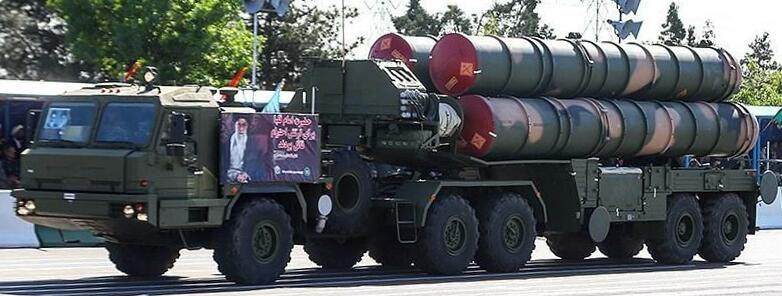Shadows in the Sky: The Unseen Clash Above Tehran
Prelude to Chaos
The skies over Tehran remain tense, unpredictable. Last night, that tension reached a boiling point. Israel launched an air-to-surface ballistic missile with a target in its sights: a mobile command and control truck of Iran’s S-300PMU-2 air defense system.
This wasn’t just any truck. It acted as the brain of the long-range S-300PMU-2, directing radar and missile targeting. Two Iranian Air Defense Force officers stationed within it became casualties, a sobering reminder of the game at play. Each night, rivaling nations jostle, testing the boundaries of survival in the high-stakes theater of air warfare.
The Rise of the S-300
Iran’s S-300PMU-2 air defense system holds symbolic weight. Advanced, precise, and imported from Russia, this defense system has grown into a thorn in Israel’s side. Its radars can scan up to 300 kilometers and track multiple targets at once. These systems mean to scare away intruders, to hold a shield over Tehran. Yet last night, the shield cracked, and vulnerability shone through.

The Israeli Precision Strike
Israel’s Air Force doesn’t take chances with Tehran’s defenses. Its intelligence pinpointed the exact location of the command truck with surgical accuracy. And then, they struck. The air-launched ballistic missile tore through the night sky, zeroing in on its target.
The missile slammed into the truck, ripping it apart. But this wasn’t just hardware; two Iranian officers perished in the assault. Israel’s military has stayed silent, leaving the world to wonder about the motivations and implications of this calculated escalation.
The Human Toll of Machine Wars
Modern conflicts often focus on technology, not humanity. But as the S-300PMU-2’s command center turned to smoke, two lives were lost. Their names remain unknown to the public, two Iranian officers caught in a struggle beyond their control.
Their deaths raise questions: What is the cost of this relentless technological arms race? How many lives rest on the next line of code, on the next coordinated strike?
Echoes in a Complicated Future
The attack over Tehran signals something bigger. Technology now directs conflict, while human hands merely operate. The S-300PMU-2 system served its purpose, but the strike demonstrated that even the most advanced systems can be outmaneuvered.
Two Iranian officers paid the price, but they won’t be the last. Each missile, each counterstrike, sets the stage for another.



